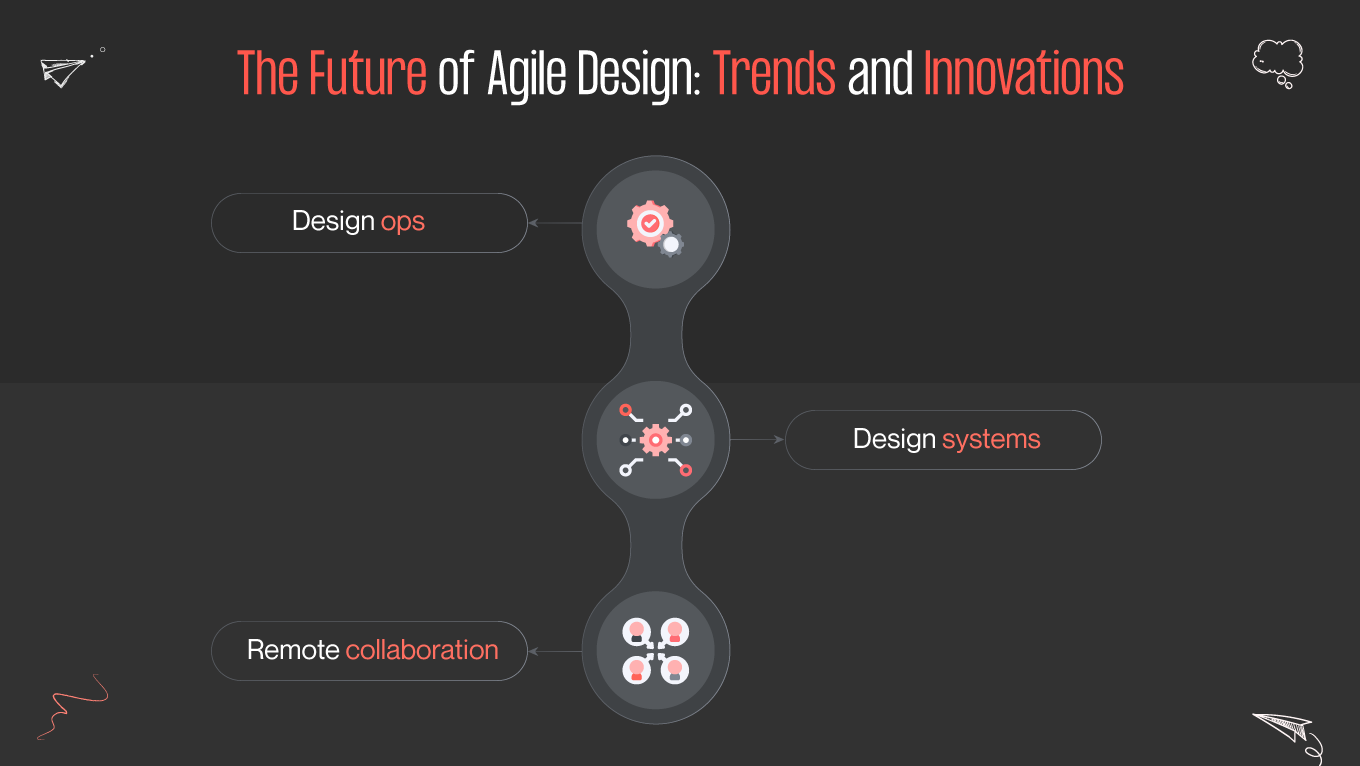Business
Integrating DesignOps Into Agile Workflows: Strategies for Seamless Collaboration

What Is DesignOps?
The concept is broader than simply improving efficiency. This methodology empowers designers to focus on impactful problem-solving rather than administrative hurdles. By reducing noise and bottlenecks, DesignOps facilitates alignment across teams and fosters an environment where creativity can flourish. Organizations that are early adopters of this mindset often find their design work improves, and the cross-disciplinary ties between designers, engineers, and product teams become far more resilient and productive.
The explosion of digital products and experiences demands more from design teams than ever before. With projects rapidly multiplying and user expectations consistently rising, design leaders often struggle to keep workflows efficient and outputs consistent. This is the precise problem DesignOps aims to solve. At its core, DesignOps creates an operational foundation that supports creative professionals, project managers, and developers by streamlining design processes from end to end. In practical terms, everything from onboarding and project documentation to asset management and research sharing runs like a well-oiled machine. For teams striving for scalable and sustainable design approaches, a strong DesignOps framework is no longer a luxury—it’s becoming an apparent necessity.
The Role of DesignOps in Agile Teams
Agile development is rooted in iteration, adaptability, and continuous improvement, values that resonate closely with modern design thinking. However, without deliberate integration, design can risk becoming a “bolt-on” activity in teams operating under tight Agile cadences. This is where DesignOps proves invaluable. By embedding design systems, establishing clear collaboration protocols, and integrating workflow tools directly into Agile practices, DesignOps ensures design is not merely reactive but proactive and strategic.
For instance, Agile squads can move faster and deliver greater value when design assets are organized, accessible, and up to date. Embedding designers within these squads, along with standardized libraries and automated handoffs, means changes and feedback can be addressed in real time. Designers contribute to shared learning and help prevent costly rework by participating in daily standups or regular sprint retrospectives. Real-world results show that teams embracing DesignOps principles deliver consistent UI, maintain effective cross-functional communication, and accelerate user-centered updates far more reliably than those that operate in silos.
Common Challenges When Integrating DesignOps
- Misaligned Objectives: Design and development teams serve divergent priorities in many organizations. While product owners drive toward business goals and engineers iterate on features, designers may push for a perfect user experience. Without process alignment, deadlines slip and user needs go unmet.
- Tool Fragmentation: When teams use incompatible or outdated tools, information is often lost or duplicated. This leads to unclear feedback, ambiguous handoffs, and frustration when updates aren’t tracked properly.
- Cultural Resistance: Change is hard, especially when it involves new workflows or accountability structures. Adopting a DesignOps approach sometimes meets skepticism from those who see it as unnecessary bureaucracy or fear a loss of creative autonomy.
- Measurement Difficulties: Quantifying the value of DesignOps can be problematic unless metrics are agreed in advance. Without strong KPIs, there’s a risk of investment in operational improvements being undervalued or deprioritized.
Each organization will encounter unique barriers. Open communication, leadership sponsorship, and transparency about DesignOps’ benefits and intent are instrumental in overcoming these hurdles.
Essential Strategies for Integration
To integrate DesignOps, it is essential to establish a shared design system, clear communication processes, embrace interdisciplinary training, and automate repetitive tasks. A well-crafted system with reusable components, documentation, and ongoing governance ensures brand consistency and quality throughout product portfolios. High-performing teams set explicit norms for communication, such as regular meetings, shared documentation, and visible project boards, to avoid ambiguity and confusion. Cross-training allows designers and developers to work together, leading to smoother workflows and better user outcomes. Automating repetitive tasks, such as uploads, version control, and design QA, allows designers to explore, iterate, and solve complex problems. These strategies are central to many organizations’ DesignOps initiatives.
Examples From the Field
The most compelling evidence for DesignOps comes from companies that have transformed their delivery with operational rigor. IBM, for example, devoted resources to build a mature DesignOps function, maintaining a vast design system and assembling specialized program managers who oversee cross-team work. Their approach has led to global, multi-product launches with reduced rework and consistent, user-centered outcomes.
Even smaller organizations can see game-changing results. A tech startup in the mobility space saw its design review cycles cut in half after implementing shared templates and onboarding guides. Designers and developers reported less confusion, clearer responsibilities, and quicker responses to bug fixes or feature changes. What unites these stories is the recurring theme of clarity, speed, and confidence made possible by DesignOps.
Skills Your Team Will Need
Project management involves overseeing schedules, tracking progress, and ensuring deadlines are met in fast-paced environments. UX research involves formulating hypotheses, conducting user interviews, and analyzing data for evidence-based design decisions. Technical know-how involves familiarity with developer workflows, specs, and codebases for smoother handoffs. Adaptability is crucial as organizations grow and user needs change. Building these competencies ensures efficient, resilient, and ready-to-scale design operations as product complexity increases.
Measuring Success in DesignOps
DesignOps’ value relies on clear metrics such as reduced cycle times, increased satisfaction, fewer errors, and positive feedback. These metrics should be tracked over time to adapt processes. Other metrics include average design sprint completion time, time from initial feedback to resolved update, frequency of duplicated work, and employee and stakeholder satisfaction surveys. Regularly soliciting input from all team members ensures meaningful improvements and adaptability to new business needs.
